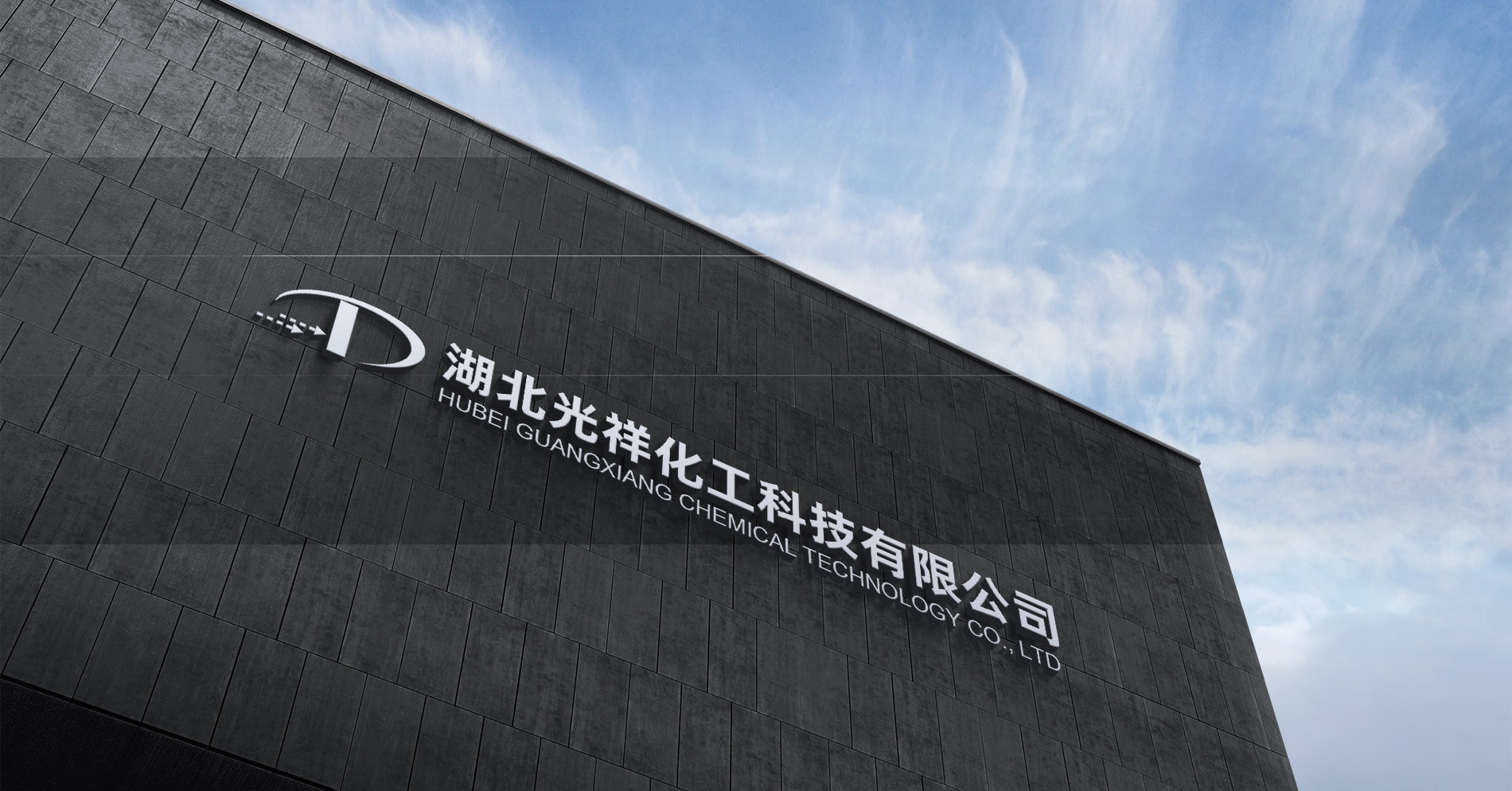Introduce the main steps of continuous electroplating
Release time:
2023-07-29
Continuous electroplating is a surface treatment technology that deposits a metal layer on the surface of a metal material by contacting an electrolyte solution and a metal material through an electrode and energizing it. This technology is suitable for various metal materials, such as copper, nickel, chromium, zinc, iron, tin, etc. It is mainly used for surface decoration and protection of metal parts, such as chrome plating, zinc plating, copper plating, etc. Compared with traditional electroplating methods, this technology is more efficient and can achieve rapid processing of large quantities of products.
Continuous electroplating is a surface treatment technology that deposits a metal layer on the surface of a metal material by contacting the electrolyte solution and the metal material through the electrode and energizing it. This technology is suitable for various metal materials, such as copper, nickel, chromium, zinc, iron, tin, etc. It is mainly used for surface decoration and protection of metal parts, such as chrome plating, zinc plating, copper plating, etc. Compared with traditional electroplating methods, this technology is more efficient and can achieve rapid processing of large quantities of products.
Continuous electroplatingis a process of electroplating on the surface of a continuous strip, usually used in the industrial field of producing large quantities of metal products. The main steps include:
1. Pretreatment: The surface of the strip needs to be cleaned first to ensure the quality and uniformity after treatment. Common cleaning treatment methods include chemical treatment, mechanical polishing, sandblasting, etc.
2, chemical plating pretreatment: this step includes pickling, phosphating, passivation and other treatments. Pickling can remove the oxide and oil on the surface of the strip, and phosphating and passivation can improve the roughness of the strip surface and provide good adhesion for the electroplating layer.
3. Electroplating: After pretreatment and chemical plating pretreatment, the strip is sent to the electroplating tank. After the action of current, metal ions are deposited on the surface of the strip to form a metal coating. Common electroplating methods include copper plating, nickel plating, chromium plating, etc.
4. Cleaning and post-treatment: The strip after continuous plating needs to be cleaned and post-treated to remove residual chemicals and improve the stability of the coating. Post-treatment includes drying, passivation, etc.
5. Cutting and packaging: After the above steps, the strip is cut to the required length and packaged for easy transportation and storage.
Continuous electroplatingis a process of electroplating on the surface of a continuous strip, usually used in the industrial field of producing large quantities of metal products. The main steps include:
1. Pretreatment: The surface of the strip needs to be cleaned first to ensure the quality and uniformity after treatment. Common cleaning treatment methods include chemical treatment, mechanical polishing, sandblasting, etc.
2, chemical plating pretreatment: this step includes pickling, phosphating, passivation and other treatments. Pickling can remove the oxide and oil on the surface of the strip, and phosphating and passivation can improve the roughness of the strip surface and provide good adhesion for the electroplating layer.
3. Electroplating: After pretreatment and chemical plating pretreatment, the strip is sent to the electroplating tank. After the action of current, metal ions are deposited on the surface of the strip to form a metal coating. Common electroplating methods include copper plating, nickel plating, chromium plating, etc.
4. Cleaning and post-treatment: The strip after continuous plating needs to be cleaned and post-treated to remove residual chemicals and improve the stability of the coating. Post-treatment includes drying, passivation, etc.
5. Cutting and packaging: After the above steps, the strip is cut to the required length and packaged for easy transportation and storage.


